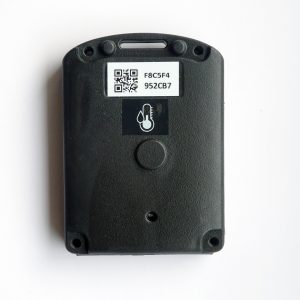There’s an interesting new video by Mr Beacon on the state of IoT. It’s an interview with ex-Intel Aidoo Osei with insights on the business side of IoT.
Aidoo talks of IoT being a technology searching for a meaningful problem people are willing to pay to solve. The important part is ‘pay’, as many initiatives such as smart cities require a thorough understanding of how these things might be financed. Also, for many IoT technology providers, there’s a tension between providing open, inter-operable systems and wanting to own the stack.
Aidoo provides an upbeat view of beacons. He thinks beacons are simple at the moment because phones/apps are more capable. As beacons become more used as components of IoT systems, there’s an opportunity for them to be more complex.
While Aidoo didn’t mention this, one example of beacons becoming more complex is the use of mesh networking.



